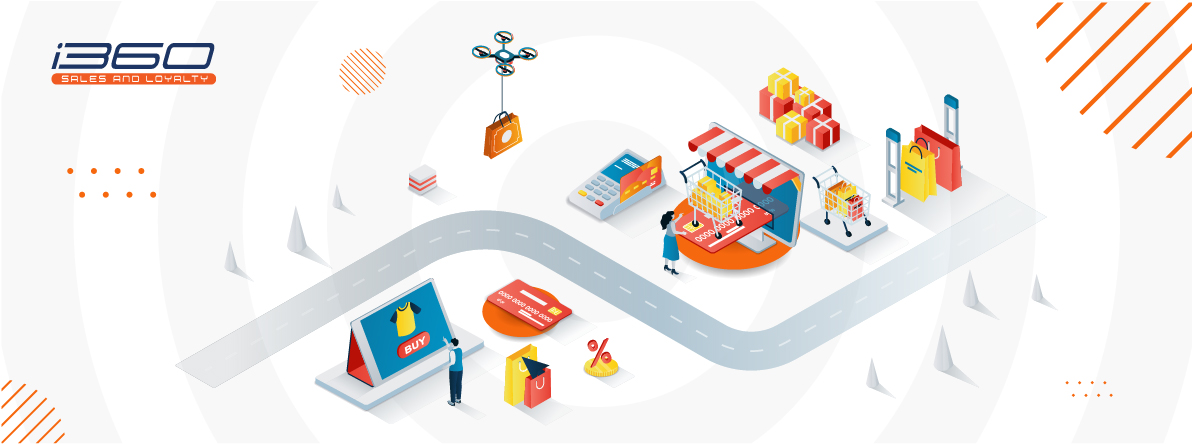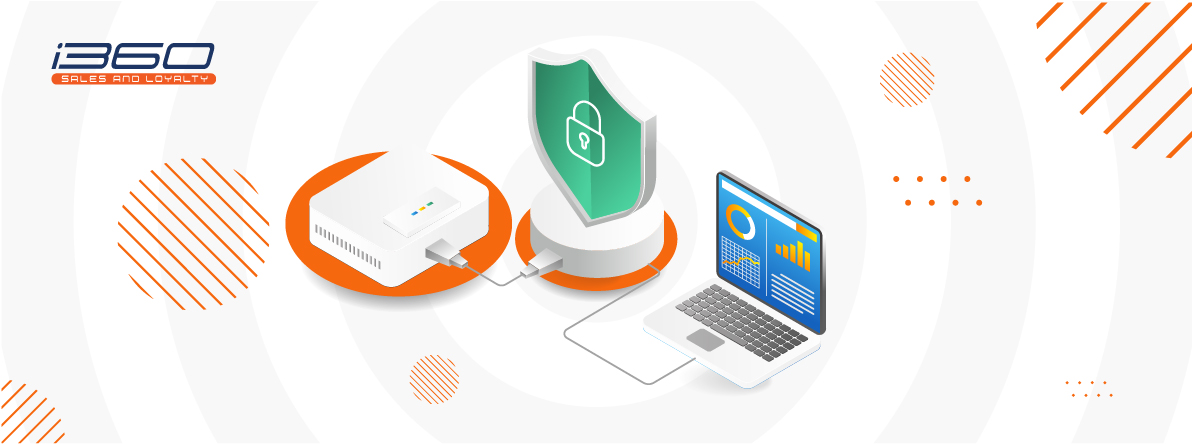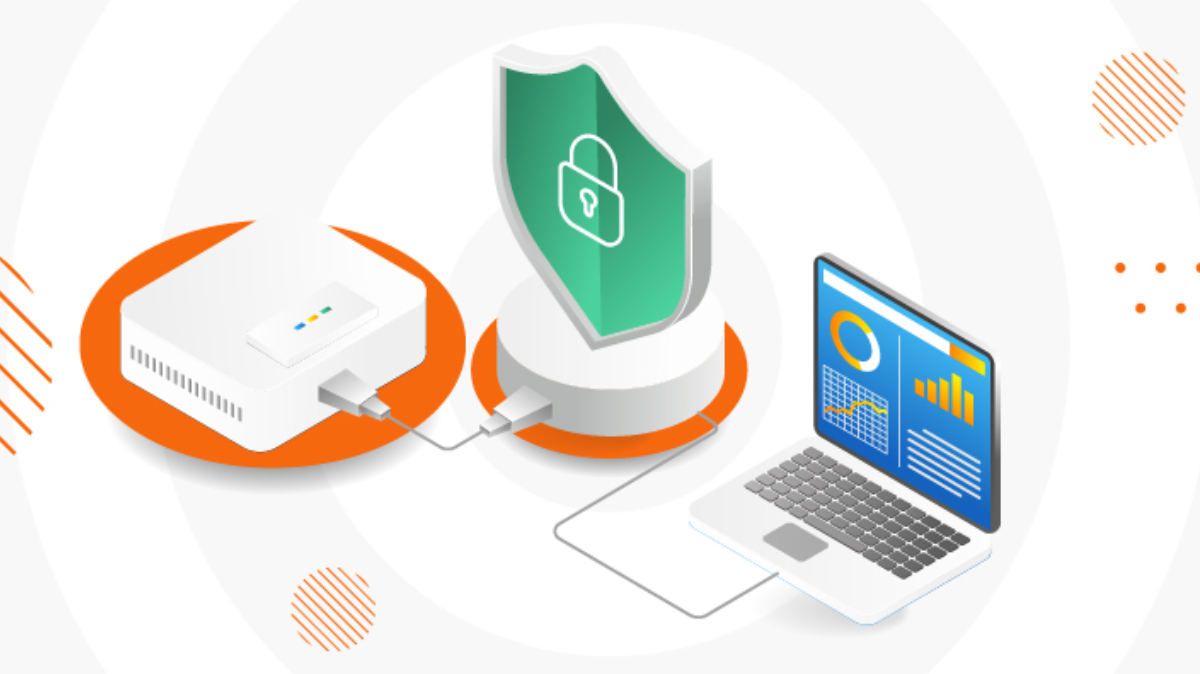5 Rules for effective implementation, the know-how of loyalty programmes!
We find ourselves in a time when the desire to operate in the market without running loyalty programmes means losing customers to those who rely on consumer loyalty through them. At the same time, the high level of competition forces the search for new ways to keep users engaged. Importantly, however, the approach to programmes is changing its focus from paying for purchases, to anticipating the Customer’s needs, anticipating them and providing additional, non-purchase benefits.
So how do you implement a programme that meets all these demands? But also, since legacy programmes should undergo a transformation towards digitalisation and exceeding Participant expectations, how do you adapt your current programme?
As the conscious process of implementing a loyalty or incentive programme is extremely complex and time-consuming, it is worth betting on the support of the right partner in this regard. What should you consider when deciding on implementation with an external provider? What are the most important implementation stages, without which the chances of a successful programme drastically decrease?

Timing of implementation and identification of needs
First rule of thumb – if someone offers you to implement/optimise your loyalty programme in a month be wary. This is a sign that your potential partner is not taking a holistic approach to the process and you may find that some key issues are not being addressed in time. Additionally, because loyalty programmes are implemented over a period of years, it necessarily takes time to establish and plan such long-term activities. A huge influence on the implementation time is the range of functionalities we decide on. In the case of optimising an existing programme, the key question will be whether a subtle course correction is sufficient or whether a kind of revolution in the mechanics and rules of the programme is required. A properly planned process takes from 2 to even 6 months. If we also take into account the test phase of the programme, carried out on a selected target group, this time can increase even further.
At i360, we start every process of implementing or optimising a loyalty and incentive programme with a series of meetings with the client, where we address the identification of their needs. The first meetings are completely focused on listening to what purpose the programme is to be organised for, what results the client would like to see and after how long. You would be surprised how many programmes are implemented without asking these basic questions: Why? How? Who is this for? Skipping this seemingly basic and obvious step will result in implementing a programme that is unclear to whom and what benefits it is supposed to bring. Determining what we, in the sense of the programme’s sponsor, expect is key to choosing the right form of programme delivery. It is important to know that a different strategy is required to increase sales and a different one to build brand recognition. Based on our previous projects and knowledge of the market, we are able to offer our clients the type of programme that will meet their objectives.

User – Programme Focus
After the first stage of meetings, we move on to analysing the information obtained from the client. This is also the moment when we conduct extensive research on the programme’s target group. It is worth remembering that programmes cannot be created only from the perspective of the marketer’s needs, but first and foremost from the perspective of the User who is to join the programme. Such an analysis will allow the programme activities to focus on the Participant, place him or her at the centre and thus significantly increase the chances of success. Given the multitude of programmes available on the market today, our clients have already tested most of the solutions they offer and will be able to determine what is attractive to them and what is simply unnecessary. This approach will also allow you to reduce the cost and time of implementation. Instead of learning from our own mistakes, we can draw on our previous experience in the market and propose a programme that meets the needs of the Recipients from the very first stage. If we skip the research stage, in the conceptual phase of the programme, there is a high probability that it will be unintuitive to use and will not provide additional value, so that most Users will simply stop using it. The Participant’s habits and convenience need to be taken into account in every aspect, not only in terms of the rules of the programme, but also in such seemingly mundane matters as access to it – via the web, mobile app or traditional loyalty card. It is important that contact channels are tailored to the specific target group. If your programme is aimed at young people, for whom the virtual world is as native as the real world, you cannot do without a mobile app. As the ARC Market and Opinions – Loyalty Programmes Monitor 2022 study shows, as many as 89% of programme Participants aged 26-37 use mobile applications. Conversely, for Participants in the 55+ group, where app use is less common, an app may prove to be form over substance and a PWA would be better. All of these issues should be addressed by the agency you decide on. In addition, at i360, when planning either a mobile application or a landing page, we always begin the mock-up by working with an experienced UX designer. This ensures that the service in its layout will be extremely easy to use for all our users. In addition, before the programming phase of the actual solution, we present our clients with fully functional, clickable mock-ups so that they can test the solution and make any comments.

Customer Journey
Once the results of the research have been received, we move on to the Customer Journey design stage, presenting Person examples and clearly delineating all Touch Points but also Pain Points. Getting the Customer Journey right is the future of loyalty programmes. All stages need to be taken into account, from building awareness, to considering the purchase, the purchase itself and finally just loyalising the Customer after the purchase. Each stage should be based on solid analytical data that supports the brand in extending the path maps. We present our clients with various action scenarios, elaborate diagrams but also a range of data acquisition channels to monitor user behaviour on an ongoing basis.

Strategic workshops
Only after completing our homework do we return to meetings with the client, which will be in the form of workshops. This is the moment when our client gets to know the target team that will take care of the programme and, together with them, works out the final programme assumptions. Simply defining the programme’s goals and objectives alone would not be sufficient, however, and all activities are organised into implementation, strategic and development schedules. In this way, the client knows which elements are dependent on each other, which are outcome-based and which are implemented independently. Here, we also define strategies not only for the first year of programme operation, but also for subsequent years. Since programmes by their nature should be planned as long-term investments in customer loyalty, consequently, their strategies should also reflect the dynamics of change. Analyses of ROI, estimation of the expansion of the user base, its level of activity or determination of KPIs should take into account changes over a period of several years.

System and security
During workshop meetings, we can also determine which of Loyalty Software’s functionalities can be transferred 1:1 to the programme under development and which we choose to personalise in order to best meet our objectives. The solution we offer is highly intuitive to use and can easily be adapted to accommodate new functionalities that we wish to implement as the programme develops. The use of real-time dashboards allows clients to check the most important KPIs at a glance during programme implementation or special campaigns. In addition, the high flexibility of the tool allows us to offer the possibility of any system integration, such as with E-commerce, CRM or mobile applications. Thanks to a range of functionalities and at the same time maintaining the highest data security standard ISO/IEC 27001:2013, we have been awarded as a recommended IT service provider in the Loyalty Technology Solutions category by The Loyalty People, an international team of experts in loyalty programmes, data management and CRM, a leader in customer engagement. In addition to the guarantee of technological security, we also have hundreds of individual tax interpretations, providing tax security for our clients. We take over all elements of the process, thus taking the responsibility off the board members while ensuring that the action is 100% legal.
Checklist
When deciding on a new programme or optimising an existing one, it is very important to address all issues affecting its success in a timely manner. The most important of these are:
- Answering the questions: why? for whom?
- Answering the question: how? by yourself or with the support of a specialised body
- Research on target group
- Determine participant needs
- Determine Sponsor needs
- Create Person
- Create Customer Journey
- Define Touch Points and Pain Points
- Access to programme: website, mobile app
- Participant support team: internal/external, email/telephone, chatbot
- Forms of rewards
- Definition of functionality
- Legal and tax settlement
- Terms and conditions
- Strategy for first year of programme
- Strategy for subsequent years
- Modelling of ROI
- Definition of KPIs
- Test phase
About the Author
Karolina Malicka – Account & Content ManagerAt i360 she combines her experience from implementing and managing B2B, B2C and B2B2C programmes in the FMCG market with her passion for content marketing. She looks at her clients holistically, offering solutions to develop not only their programmes but their entire marketing strategies.
She looks at the world and the consumer from the perspective of a cultural expert and philologist, which allows her to draw unconventional conclusions from the data and accurately predict loyalty and marketing trends.
2

